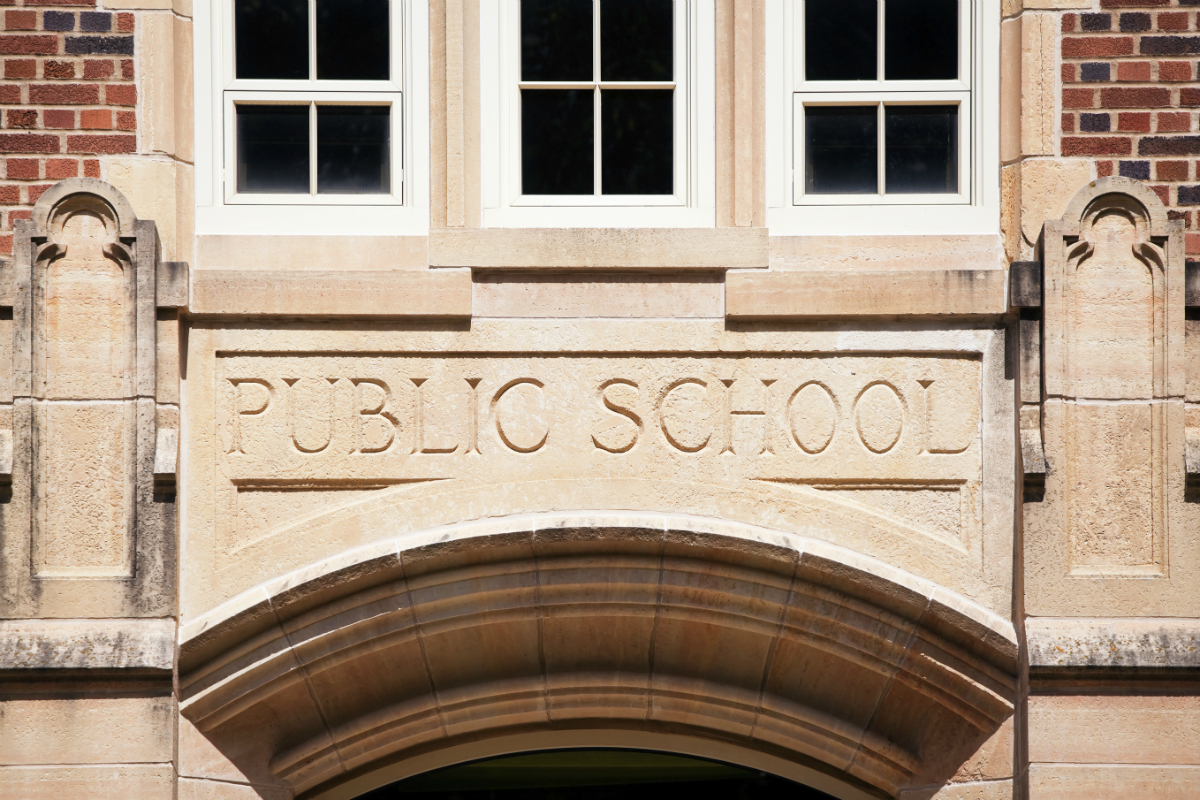As school districts across the United States consider how to safely reopen schools, the Center for Disease Control and Prevention has provided indicators to help local educational agencies evaluate the risks associated with reopening schools for in-person instruction, including the level of community transmission. Other determinate factors in assessing the risks associated with reopening schools are associated with how firmly an LEA adheres to the CDC’s five primary mitigation strategies:
- Consistent and correct use of masks
- Social distancing to the extent possible
- Hand hygiene and respiratory etiquette
- Cleaning and disinfection
- Contact tracing in collaboration with the local health department.
Other mitigation strategies that can be used concurrently include forming cohorts of students and teachers and staggered scheduling.
In mid-December, the CDC released the document, “Estimated Resource Costs for Implementation of CDC’s Recommended COVID-19 Mitigation Strategies in Pre-Kindergarten through Grade 12 Public Schools — United States, 2020–21 School Year,” which analyzes the resources needed to implement four of the five key mitigation strategies and provides estimated associated costs. Contact tracing, although an essential strategy to reduce transmission, was not included because those costs are not typically financed by school district budgets. The costs were evaluated in three categories: materials and consumables, additional custodial staff members and potential additional transportation.
National average estimates, using the national preK–12 public school enrollment of 50,685,567 students, range between an average of $55 (materials and consumables only) to $442 (all three categories) per student. State-by-state estimates of additional funds needed as a percentage of fiscal year 2018 student expenditures range from an additional 0.3 percent (materials and consumables only) to 7.1 percent (all three categories); however, just seven states had a maximum estimate above 4.2 percent. The highest cost categories were related to employing additional custodians per school (44.8 percent of total costs) and potential additional transportation (42.8 percent of total cost).
The CDC has provided a table that provides cost estimates by state. California’s estimates include:
Materials and consumables: $497,309,250
Custodian fees: low: $618,835,013; and high: $1,237,670,026
Potential additional transportation: $638,704,080
The final estimated average cost-per-student in California ranges from $278–377, which represents a 0.6-percent to 3-percent increase from the 2018–19 school year.
California’s reopening plan includes significant infusion of funds
In positive news, Gov. Gavin Newsom’s recently announced CA Safe Schools for All Plan proposes for immediate action in January to approve $2 billion for the safe reopening of schools beginning in February. Returning the youngest children (TK-2nd grade) and those who are most disproportionately impacted first is the number one priority, followed by returning other grade levels to in-person instruction through the spring. These funds will provide approximately $450 per student to school districts offering in-person instruction and will be weighted for districts serving students from low-income families, English learners and foster youth. The plan, however, must first be passed by the Legislature, which is scheduled to reconvene on Jan. 11 (after a one-week delay due to the pandemic surge).
In addition, the recently approved federal stimulus package signed on Dec. 27 provides $54.9 billion to the nation’s K-12 schools, $6.8 billion of which will go to California schools. The funding can be used to support reopening K-12 schools, facilitate continuity of learning, and measure and address the learning loss caused by a lack of in-person learning opportunities. The funding distribution will vary by district and be allocated based on how much districts received in federal Title I funding last year. EdSource has created a database with an estimate of how much funding each district will receive.
The CDC notes that the provided estimates highlight the level of resources needed to ensure that schools reopen and remain open in the safest possible manner and offer school decision-makers the cost information necessary to budget and prioritize school resources during the COVID-19 pandemic.
The document qualifies the findings, however, noting the estimates have at least four limitations:
- Costs related to food service operations were not included. Although some schools might incur additional costs to provide student meals, estimates might significantly vary given differences in the need for school meal programs across districts.
- Only a one-month supply of face masks for the school population was estimated, “based on the assumption that teachers and staff members would purchase their own masks, and schools would add masks to the student supply list.”
- Costs related to social distancing within the classroom were not estimated because other resources for schools recommended by the CDC (e.g., physical barriers in the classroom, such as individual student desk shields) were included in the estimates.
- Although contact tracing is a primary mitigation strategy, costs for contact tracing were excluded because school districts do not bear the financial responsibility for hiring and employing contact tracers.




